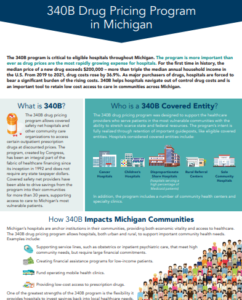340B Drug Pricing Program in Michigan
The 340B program is critical to eligible hospitals throughout Michigan. The program is more important than ever as drug prices are the most rapidly growing expense for hospitals. For the first time in history, the median price of a new drug exceeds $200,000 – more than triple the median annual household income in the U.S. From 2019 to 2021, drug costs rose by 36.9%. As major purchasers of drugs, hospitals are forced to bear a significant burden of the rising costs. 340B helps hospitals navigate out of control drug costs and is an important tool to retain low cost access to care in communities across Michigan.
What is 340B?
 The 340B drug pricing program allows covered safety net hospitals and other community care organizations to access certain outpatient prescription drugs at discounted prices. The program, created by Congress, has been an integral part of the fabric of healthcare financing since its inception in 1992 and does not require any state taxpayer dollars. Covered safety net providers have been able to drive savings from the program into their communities for more than 30 years, supporting access to care to Michigan’s most vulnerable patients.
The 340B drug pricing program allows covered safety net hospitals and other community care organizations to access certain outpatient prescription drugs at discounted prices. The program, created by Congress, has been an integral part of the fabric of healthcare financing since its inception in 1992 and does not require any state taxpayer dollars. Covered safety net providers have been able to drive savings from the program into their communities for more than 30 years, supporting access to care to Michigan’s most vulnerable patients.
Who is a 340B Covered Entity?
The 340B drug pricing program was designed to support the healthcare providers who serve patients in the most vulnerable communities with the ability to stretch scarce state and federal resources. The program’s intent is fully realized through retention of important guideposts, like eligible covered entities. Hospitals considered covered entities include:
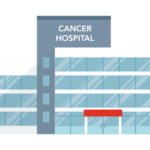
Cancer Hospitals

Children’s Hospitals

Disproportionate Share Hospitals*
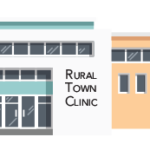
Rural Referral Centers
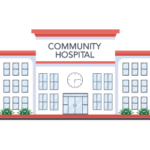
Sole Community Hospitals
In addition, the program includes a number of community health centers and specialty clinics.
*(hospitals serving a high percentage of Medicaid patients)
How 340B Impacts Michigan Communities
Michigan’s hospitals are anchor institutions in their communities, providing both economic vitality and access to healthcare. The 340B drug pricing program allows hospitals, both urban and rural, to support important community health needs.
Examples include:
 Supporting service lines, such as obstetrics or inpatient psychiatric care, that meet high community needs, but require large financial commitments.
Supporting service lines, such as obstetrics or inpatient psychiatric care, that meet high community needs, but require large financial commitments.

Creating financial assistance programs for low-income patients.

Fund operating mobile health clinics.
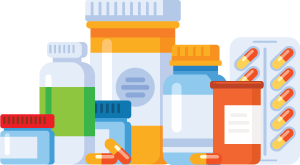
Providing low-cost access to prescription drugs.
One of the greatest strengths of the 340B program is the flexibility it provides hospitals to invest savings back into local healthcare needs.
For more information, contact advocacy at the MHA.

